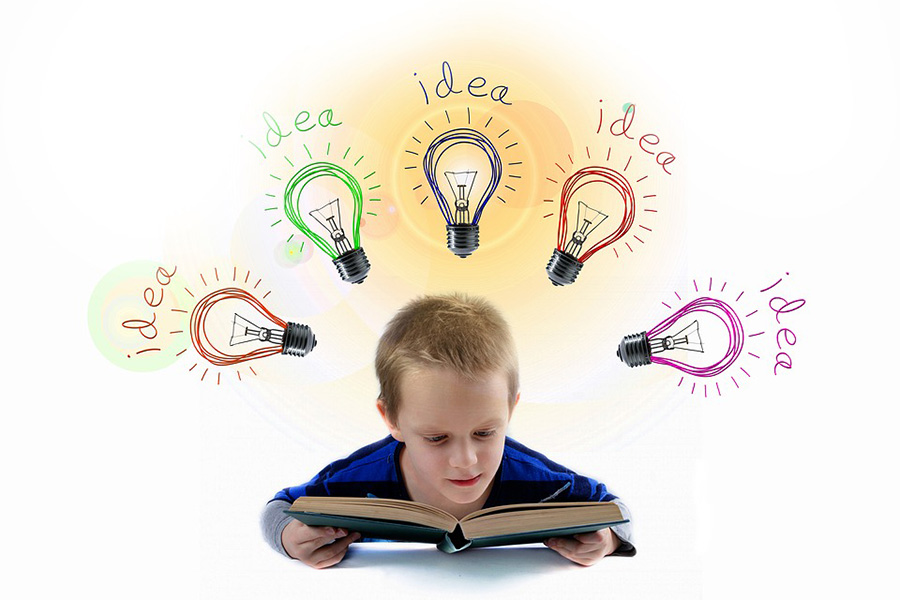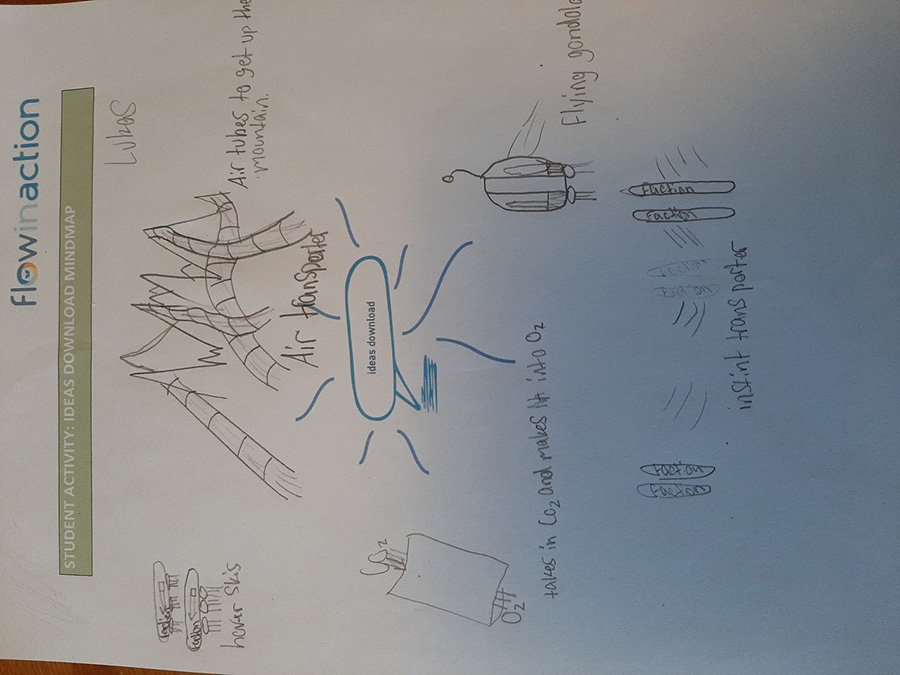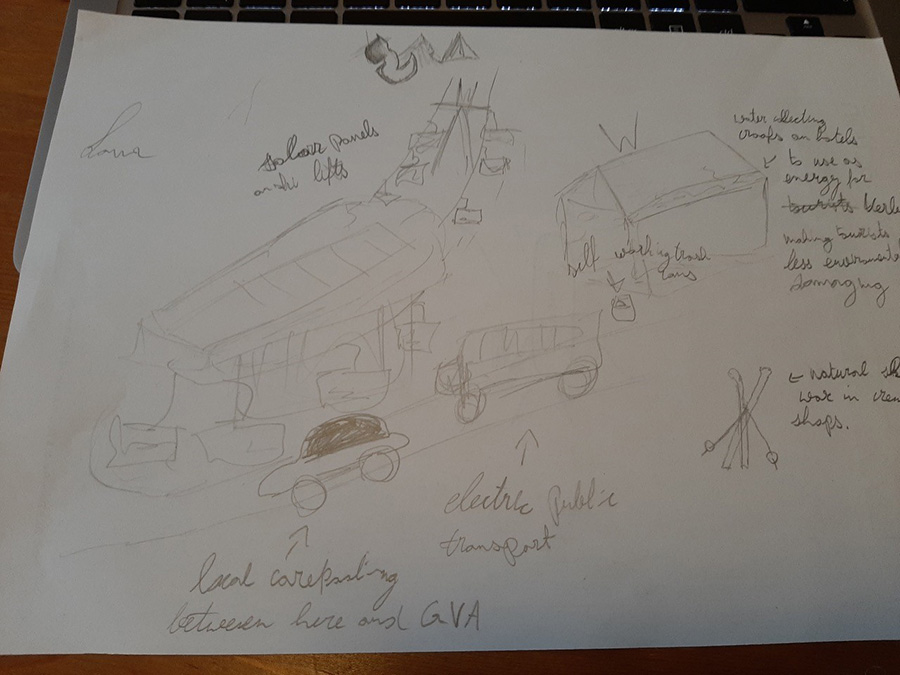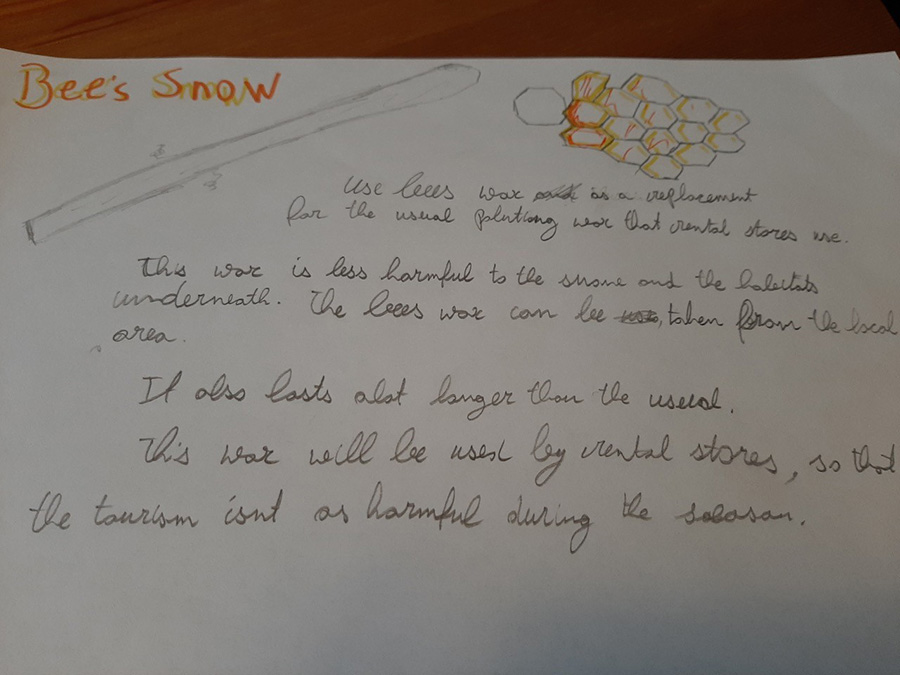LEVERAGING INNOVATION CHALLENGE TO INSPIRE STUDENTS


Challenges are not only fascinating, but they can also be interesting and inspiring. Are you seeking to create an innovation culture among students, establish problem-solving ideas, or effectively reach employees? If you do, then an innovation challenge can come in handy. Inspiring students to take climate action means equipping them with the right tools.
Students from Verbier International School (VIS) took part in an innovation challenge with Elaine France, Founder of Flow In Action on 1st November 2019, exploring how to make Verbier a sustainable ski resort by 2030. Flow In Action innovation challenges uses design thinking to build student wellbeing, problem-solving skills and plant the seeds for real projects to happen.
WHAT IS AN INNOVATION CHALLENGE?
An innovation challenge is a practical method of enhancing the concept creation of an organization. This idea can be executed easily through the use of a central communication platform that’s accessible to every participant. An innovation challenge is different from the continuous innovation strategy that many organizations utilize. Here are three ways in which the two concepts differ.
- Time Constraints
As the name suggests, continuous innovation concepts are designed to be continuous. They are also meant to produce value via basic processes. When it comes to the innovation challenge, participants have limited time through which they should present their ideas. For instance, participants could be allowed only three weeks to interact with their colleagues and come up with the idea of stimulating conversations.
- Focused and Specific
Continuous innovation concepts allow participants to come up with a wide range of ideas. This enables the organization to harness the numerous value-generating ideas from different individuals. In innovation challenge, however, there’s a limited scope that only aims at point specific topics that participants are more conversant with. A good example of a point specific topic, in this case, would be: how to enhance efficiency in the customer review procedure.
- Tied to Resources
As we’ve seen above, innovation challenges focus on specific and narrow concepts. Further, the resources are defined in advance before being used to accomplish the objectives of the company. In an innovation challenge, a single example can be specifically driven for a single team handling a project that will influence the company’s operations.
During the Verbier International School innovation challenge, we first imagined and downloaded ideas. Secondly, we reverse engineered to the present day to understand how we get there. Using futures-thinking as our starting point, we dreamed bigger to bring in new perspectives and insights; exploring what we need to do to make it happen, and open up the incredible space of understanding impact.
Finally, we uploaded ideas onto the Flow In Action Hazu edtech platform, so that they were captured as part of a global library. Hazu.io is Swiss-made and has been voted one of the top businesses to watch for investors for its innovative approach. Why does it this way? This style of challenge-based learning makes space for every student to show up with their unique creativity and become a problem-solver, enabling them to explore essential questions about the impact on people and planet, so that they can adapt solutions to respect and protect.
Plus, it’s practicing and embedding the design and systems thinking skills recognized as essential future-of-work skills for Industry 4.0, if not the most vital (Coursera Global Skills Index 2019). The Flow In Action learn to move mountains® approach becomes ‘people and planet-centered’ design-thinking, empowering students to become the innovators and entrepreneurs of the new decade.
For instance, students were challenged to innovate various systems such as a hyperloop inspired vertical transport system to, and around, the resort, a fully solar-powered housing, or telecabines which carbon-capture. To turn these ideas into reality, students had fantastic insights on repurposing existing solar panels, incentivizing different behavior of residents and tourists; thinking about ways to manage the value chain, so as not to cause more damage and move away from a consumer/dispose culture. Let’s define challenge-based learning.
UNDERSTANDING CHALLENGE BASED LEARNING
Challenge-based learning is a learning framework that involves dealing with real-world challenges. The framework is both hands-on and collaborative and requires participants to ask questions, establish big concepts, identify and solve challenges, develop future based skills, gain extensive subject area expertise, and share their ideas with the world.
Challenge-based learning relies based on experiential learning with special emphasis on the foresight of a longstanding history of gradual education. Further, it shares the advocacy of analytical education and the varied goals of service-learning. This framework is supported by inventive concepts from technology, media, education, recreation, entertainment, society, and the workplace environment.
THREE PHASES OF CHALLENGE BASED LEARNING

The challenge-based learning framework is divided into three linked phases as seen below. In each activity, there are activities to prepare learners to progress to the next phase.
Phase 1. Engage
Exposing students through the critical question process, helps them transform from a big theoretical idea to an objective practical challenge. Big ideas are expansive concepts that can be explored in various ways that apply to the students and the community at large.
Critical questioning enables students to analyze and personalize the big ideas. In the end, they’re able to come up with one critical question that applies to a group or individual.
Finally, challenges transform the critical questions and charge the participants to analyze the subject and come up with a solution. This brings about the call to action making the challenges prompt and practical.
Phase 2: Investigate
In this phase, all students strategize and become part of a journey that develops the basis for solutions, as well as evaluate academic requirements. This phase involves taking students through:
Leading questions that focus on the expertise the students will require to come up with solutions to the challenges they encounter. Prioritizing and classifying the questions exposes the students to a systematized learning experience. Leading questions will be repeated across the experience.
Guiding resources and activities will be utilized when it comes to providing viable answers to the leading questions that the students develop. The resources and activities here comprise of any tools and methods at the student’s disposal.
Evaluation of the learned lessons via the leading activities creates a basis for the ultimate establishment of solutions.
Phase 3: Act
Evidence oriented solutions are designed, enforced with the help of a reliable audience, and finally analyzed depending on the results.
Solution ideas develop from the results achieved in the investigation phase. Students utilize the design cycle to model, assess, and clarify their solution ideas.
The application of the solution is executed within an actual setting complete with a reliable audience. The application process will be determined by the available resources and time, and age of the students.
Evaluation helps students to analyze the potency of the solution, adjust, and broaden the subject area expertise.
WHY IS INNOVATION CHALLENGE CRITICAL?

You may want to adopt the innovation challenge if:
- You and your students are searching for ways of solving an existing problem
- You’re looking to regulate every individual to a specific critical goal
- You need to revive a specific concept within the facility
WHAT MAKES INNOVATION CHALLENGE SUCCESSFUL?
The goal of any innovation challenge is to generate value for your institution and to ensure that every participant benefits from the same. If you want your innovation challenge to be successful, here are some steps you need to implement.
Adjust your focus to meet your priority. The ultimate challenges involve the full engagement of the senior leadership which in this case is the teachers. They should be committed to accomplishing the best concepts.
Define the specific challenge question. Are you searching for specific concepts? If you are, then the participants will require guidance regarding the insights you’re seeking to achieve. By asking a specific question, you lay the foundation to get a specific solution.
Publicize the concept. Participants should beware of the challenges. Further, senior leadership should remind them often to keep them fully engaged. This can be achieved via sending of emails, recruitment of principal players, and circulating notices. The principal players should be tasked with publicizing the ideas to stimulate participation.
Designate resources to realize top concepts. Participants will create time out of their busy schedules to assist in finding solutions to an existing problem. As their leader, you should have the proper resources attached to apply the top ideas as part of their after school activities. This way, you’ll be in a position to accomplish something out of the resulting concepts.
It’s worth mentioning that innovation-oriented challenges play a major role in developing the wellbeing of the youth. Further, young students can enhance their thinking skills and curate a starting point for action execution at a local level.
FINALLY
The Flow in Action challenge-based learning toolkit can apply to students aged between 8 years and above. The challenge is aimed at developing wellbeing, core creative and critical thinking skills, as well as enhancing problem-solving skills. By incorporating systems and design to execute concepts, young students will be focused on finding solutions and designing them for success. This way, their leaders will promote a robust starting point for dealing with real-world problems from a local level. In the end, they will encourage young people to utilize their exclusive creativity to acquire ideas and establish projects.






